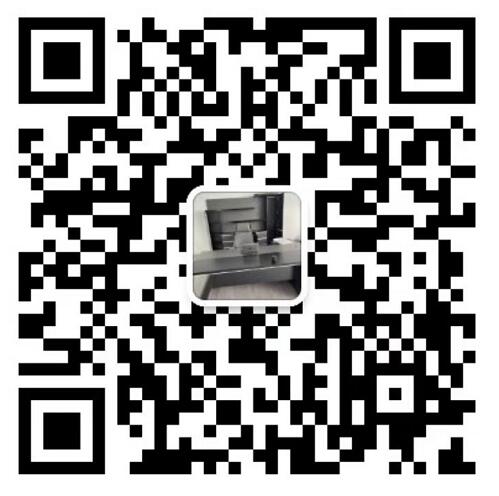Introduction to Safety Requirements for Electric Meter Boxes
The safety requirements for electric meter boxes involve multiple aspects, and the following is a detailed introduction to them:
Material requirements: The meter box should be made of fire-resistant materials, such as metal sheets, fire-resistant plastics, etc. These materials have the characteristics of fire resistance, high temperature resistance, and non combustible, which can effectively protect the meter box from the impact of fire.
Design requirement: The meter box should have good ventilation and heat dissipation design to avoid fire caused by overheating. At the same time, the meter box should have safety grounding measures to ensure that the metal parts of the equipment are reliably connected to the ground, avoiding dangerous factors such as static electricity and induced voltage.
Installation requirements: The meter box should be installed in a safe location, away from sources of fire, flammable materials, and chemicals, and ensure that there is sufficient space around for personnel to operate and extinguish fires. The electric meter box should be installed vertically, with a tilt angle not exceeding the specified range, and the installation position should be free from severe vibration and impact.
Maintenance requirements: The meter box should be regularly inspected and maintained to ensure that there are no combustibles or other hazardous factors present. At the same time, the meter box should be kept clean to avoid impurities such as dust and oil from affecting the heat dissipation effect of the equipment.
In summary, the safety requirements for electric meter boxes cover multiple aspects such as materials, design, installation, and maintenance. Only by strictly following these requirements for operation and management can the safe operation of electric meter boxes be ensured.








